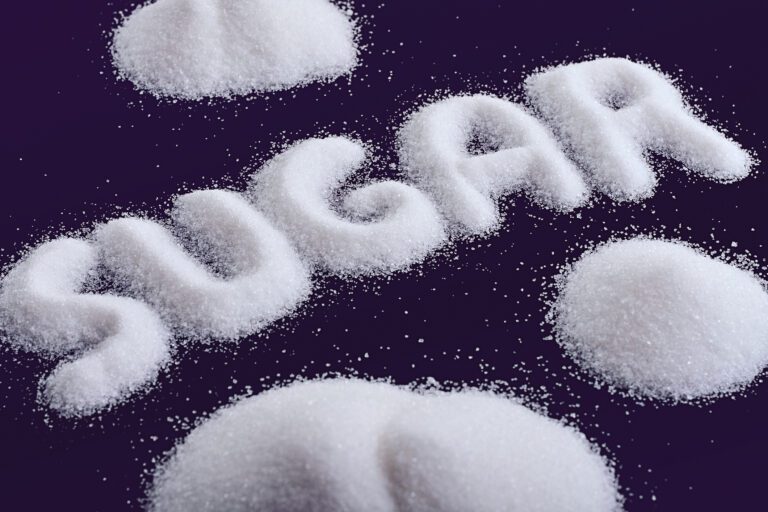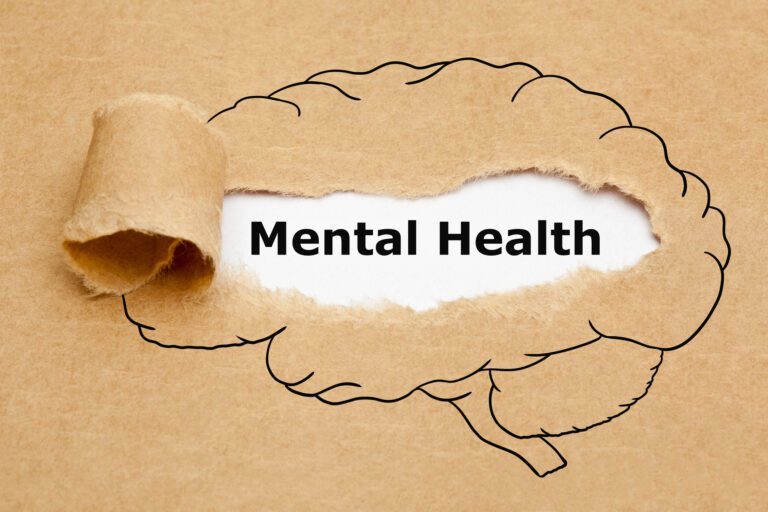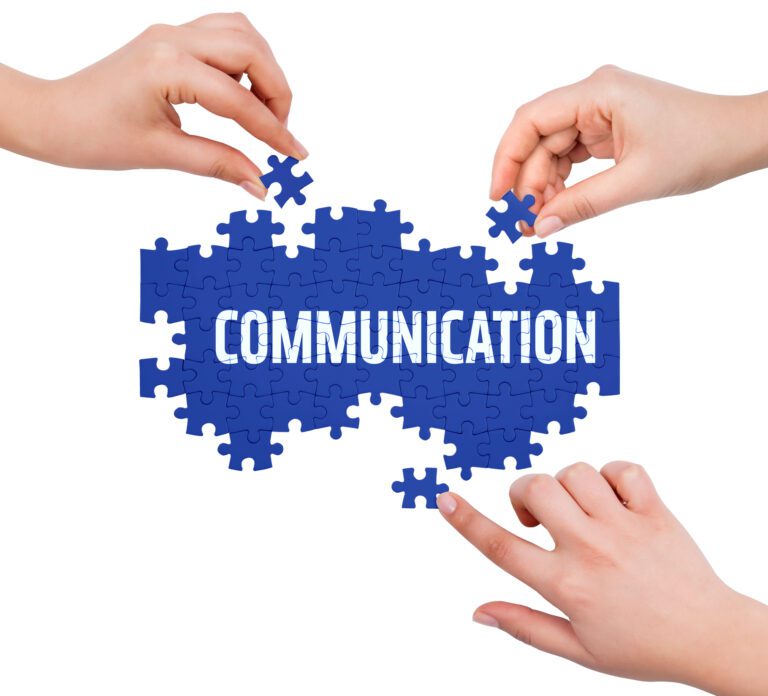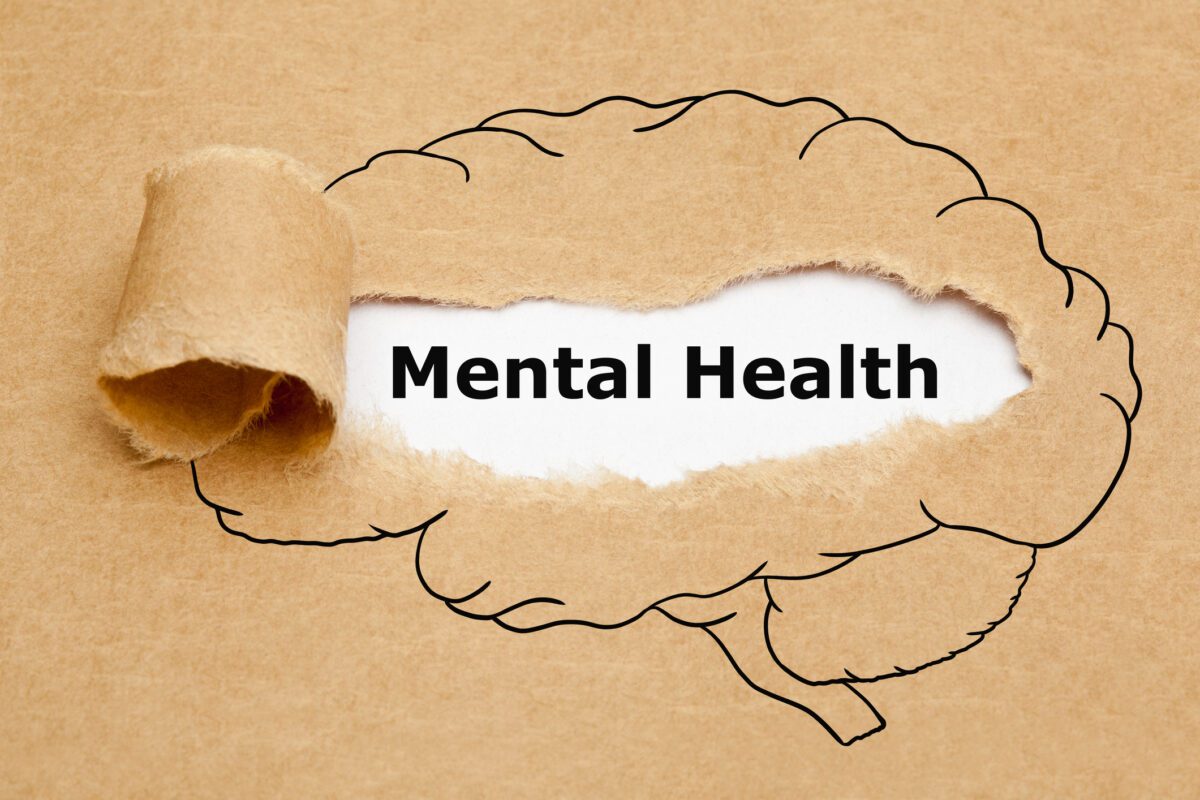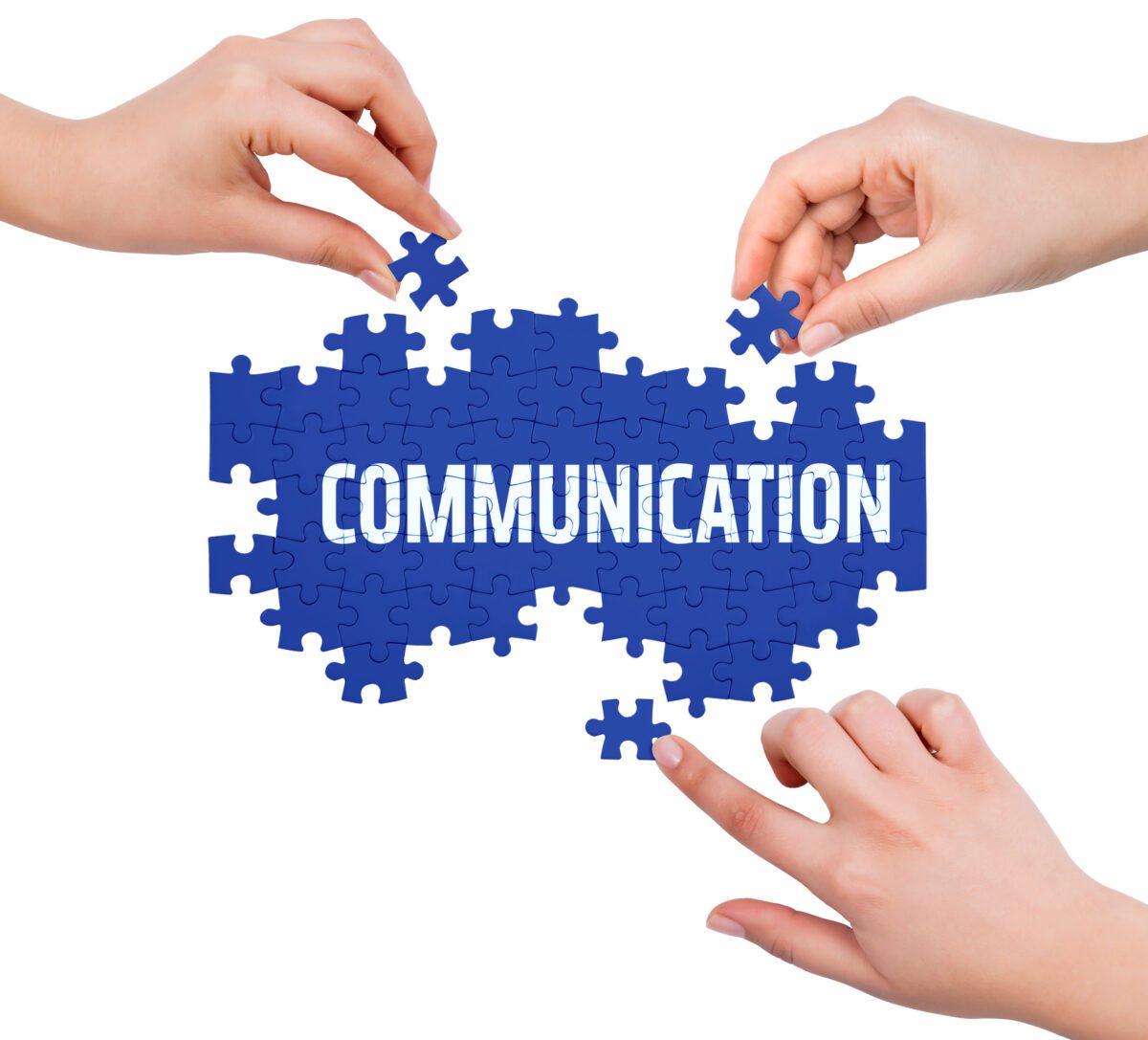Research shows that marijuana, second to alcohol, is the most widely used intoxicant in the adolescent population. Approximately 25% of adolescents report being drunk in the past month, and close to 23% report using cannabis in the past month.
The teenage brain is under construction. The teenage brain is not yet fully mature, with neurodevelopment continuing until age 26. During adolescence, the brain undergoes major remodeling, especially in the prefrontal cortex area, which is the last brain region to fully mature.
This area is involved with high level functions such as making decisions controlling impulses, maintaining attention, planning, and working towards goals. This part of the brain also plays a large role in defining our personalities and helps one respond appropriately to situations.
During adolescence, the brain is particularly sensitive to drug exposure, and marijuana use impacts how connections are formed within the brain. Other effects on the developing brain include interference with neurotransmitters and abnormal brain shape and structure volume.
The prefrontal cortex is essentially “the adult in the room.” One of its’ jobs is to combine different pieces of information as we make decisions. A mature prefrontal cortex controls behavior by streamlining emotions and decreasing impulsivity.
Can Marijuana Cause Psychosis
Smoking marijuana may derail the process of prefrontal lobe maturation, which can increase a young person’s vulnerability to psychotic thinking. There is increased evidence that regular marijuana use increases the chance that a teenager will develop psychosis, or a pattern of unusual thoughts or perceptions.
It also increases the risk of developing schizophrenia, a potential debilitating brain disorder that not only causes psychosis, but also problems concentrating and loss of emotional expression.
Most of the intoxicating effects that recreational users seek are caused by the main psychoactive, or mind-altering, chemical in the drug, delta-9-tetrahydro-cannabinol (THC).
THC is found in resin mainly produced by the leaves and buds of the female cannabis plant. Newer strains of cannabis contain higher concentrations of THC. THC affects regions of the brain that are responsible for psychosis and hallucinations.
Research shows that excessive and frequent use of marijuana is associated with hallucinations, paranoia, anxiety, depression and a range of other emotional problems. The severe form of marijuana abuse is called marijuana use disorder.
Currently, it is proven that the risk for marijuana using teens developing psychosis or schizophrenia is highest among teens with a family member who has this mental health disorder. This means that if the teen that is regularly using marijuana has a family member who has a history of a psychotic disorder, the risk for the teen to develop psychosis in adulthood is seven times the risk of those individuals who do not have the genetic component.
Some warning signs of psychosis include:
- Declining academic performance
- Sleep disturbances, nightmares
- Isolating behaviors
- Depression
- Anxiety
- Restlessness
- Difficulty communicating thoughts
- Mood swings
- Extreme fatigue
- Difficulty concentrating
- Strong inappropriate emotions or absence of emotions
- Becoming suspicious
- Expressing magical thinking
- Odd speech patterns
- Claiming to hear or see things that are not there (hallucinations)
- Delusional thoughts
If a teen exhibits several of the signs of psychosis they will need acute stabilization, which helps subdue the symptoms through medication and provides added psychiatric support and monitoring.
While less frequent use of marijuana reduces the risk of a first psychotic episode, unfortunately for someone who does develop schizophrenia, cutting it out would not eliminate the disorder. Schizophrenia and other psychotic illnesses are long-term mental illnesses that need to be managed.
If marijuana turns on that switch, it’s not something that can be turned off. Ultimately, marijuana could trigger a primary psychotic disorder, meaning that even once the substance is removed, the symptoms are still there.



